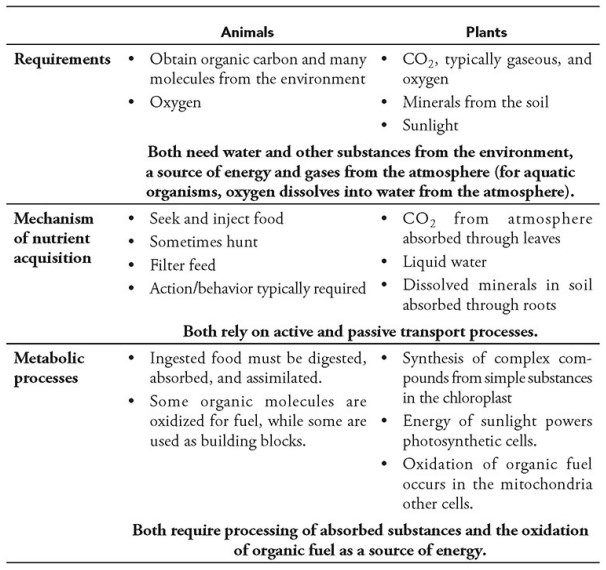Question
On an island north of the Arctic Circle, the Arctic fox preys upon puffins, and puffins consume Arctic grass.
(a) Identify the trophic levels to which the Arctic fox, puffin, and
Arctic grass belong.
(b) Explain why the number of Arctic foxes on this island will most
likely be less than the number of puffins in a healthy ecosystem.
(c) Predict the effect that the elimination of all Arctic foxes on this
island would have on the puffins and Arctic grass.
(d) Justify your prediction from part (c).
▶️Answer/Explanation
Ans:
(a) The Arctic fox is a secondary consumer. The puffin is a primary
consumer. The Arctic grass is a producer.
(b) On average, only about 10% of the energy is available to the next
trophic level. So the number of puffins must exceed the number of
Arctic foxes or else the Arctic foxes would not be able to meet their
energy needs.
(c) The elimination of all Arctic foxes would increase the number of
puffins and decrease the density of the Arctic grass population.
(d) Since Arctic foxes prey on puffins, the elimination of the Arctic
foxes would increase the number of puffins. Since puffins consume
the Arctic grass, this increase in puffins would decrease the density
of the Arctic grass on the island.
Question
Organisms must exchange matter with the environment in order to grow, maintain homeostasis, and reproduce.
Compare and contrast animals and plants with regard to their nutritional requirements and their mechanisms of nutrient acquisition, metabolic processes, growth, and reproduction.
▶️Answer/Explanation
Ans:

